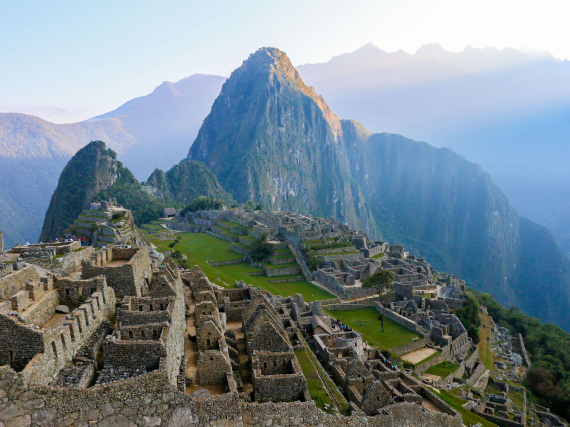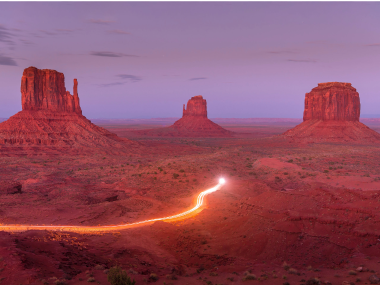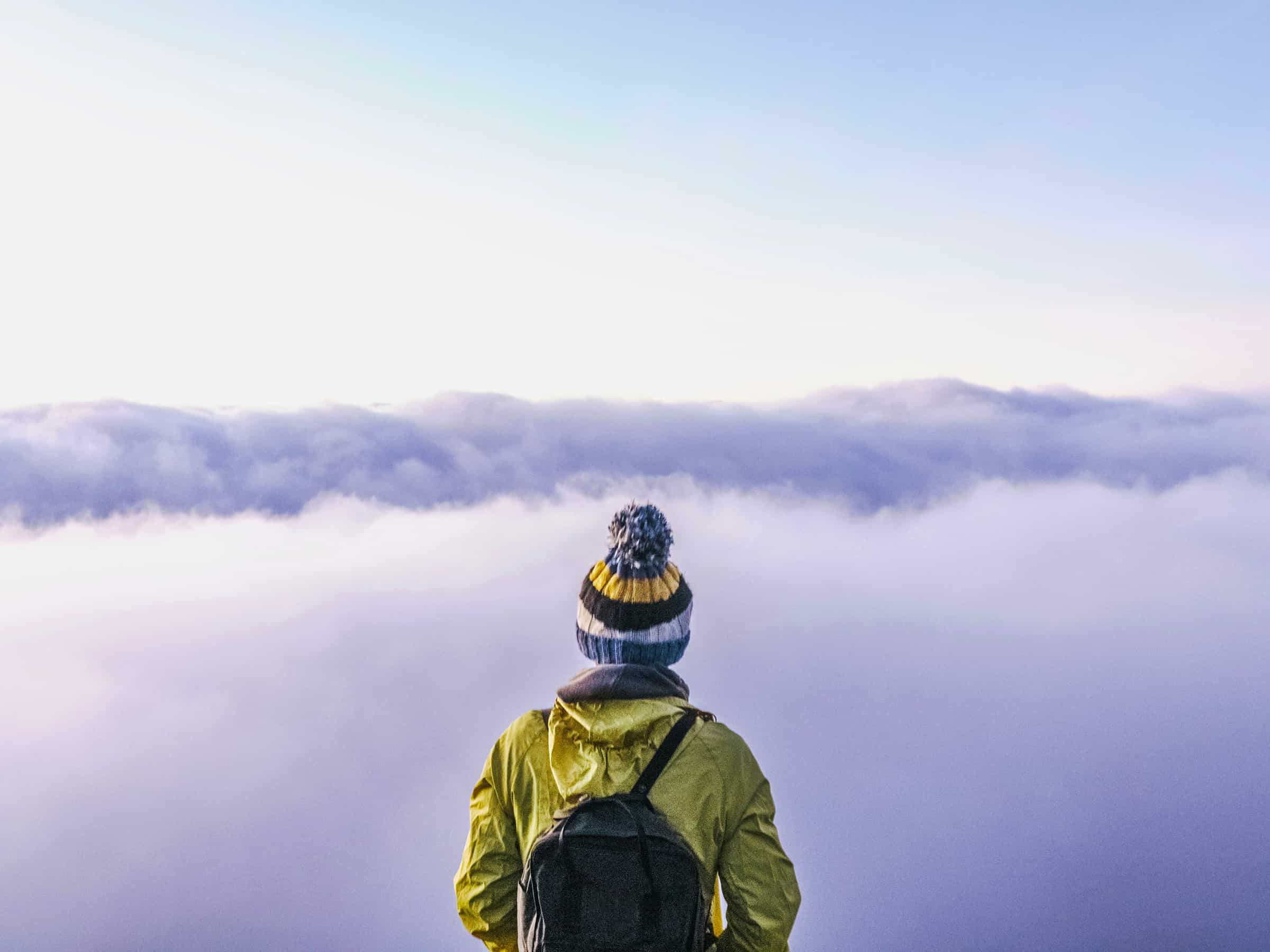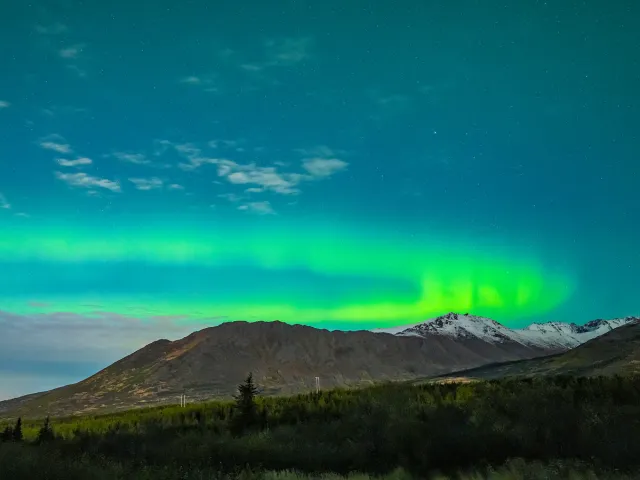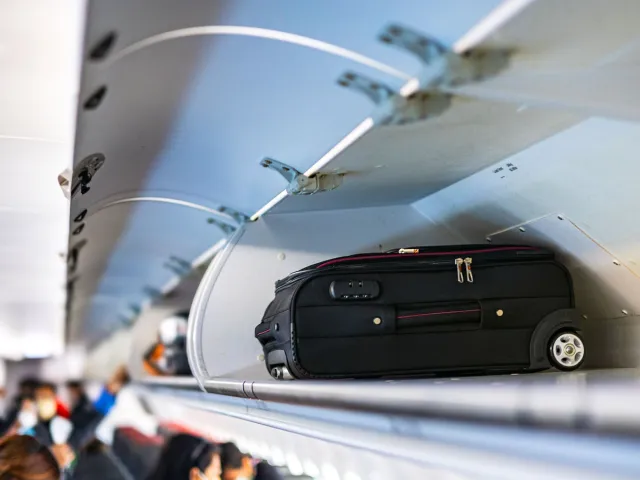On African safaris, the “big five” are game animals, namely lions, leopards, rhinoceroses, elephants, and African buffalo. In Utah, the big five attractions are national parks — and not only that, but some of the most stunning and most-visited natural preserves in the country. Utah’s “Mighty Five” — Zion, Bryce Canyon, Capitol Reef, Arches, and Canyonlands — each offer unparalleled geological diversity and unforgettable adventures, from haunting sandstone hoodoos to gravity-defying red-hued arches. Whether you’re planning to visit one park, two, or all five, we’ve compiled essential tips, highlights, and itineraries to make the most of your trip.
Timing Is Everything
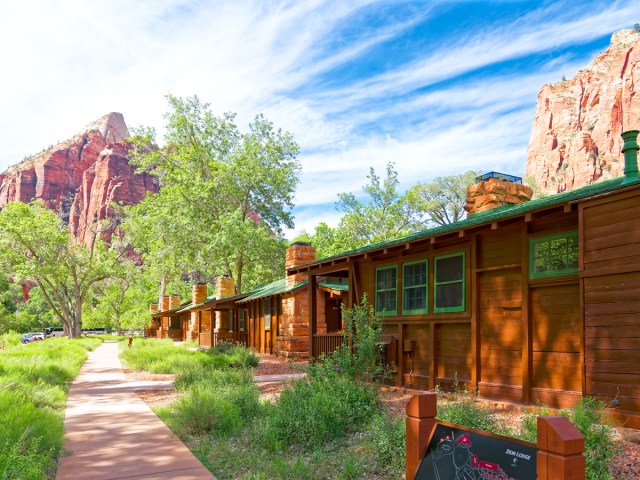
When school lets out, families hit the road, which means summer is the most crowded time to visit Utah’s “Mighty Five” national parks. In the summer, the mercury can climb to 100 degrees Fahrenheit or higher, but spring and fall offer mild temperatures in the range of 60 to 80 degrees. Winter, on the other hand, brings snow and solitude.
Arches National Park has a timed entry program during peak months, and most places may require advanced permitting for camping and to hike certain trails. If you’re planning to stay at in-park lodging, make reservations as early as possible: Zion Lodge, the Lodge at Bryce Canyon, and other desirable digs can book out six to 12 months in advance.
Additionally, conditions (such as timed admissions or closed trails) can change from week to week. Make sure to check with the relevant park sites for the most up-to-date information. The helpful NPS app provides maps and tools to explore all of the nation’s more than 400 national parks and monuments.
Safety First
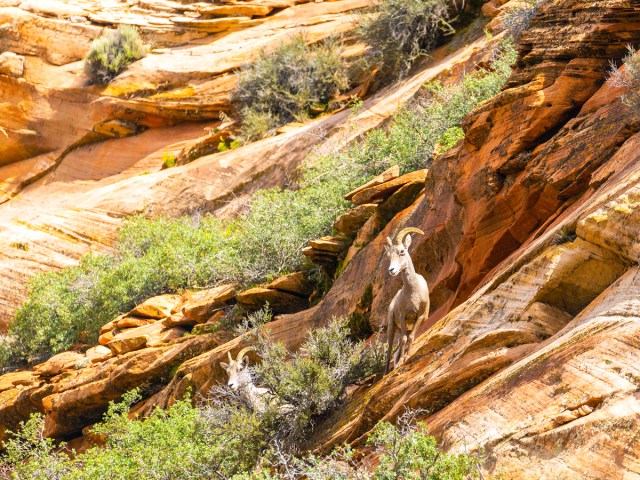
The parks provide wilderness at its wildest, so preparation is key. Animal encounters should always be from a distance, for your safety and theirs. When hiking, it’s best to head out early in the day (particularly during summer), wear sunscreen, and be aware of both sunstroke and hypothermia. Sturdy shoes and appropriate clothing are a must, as is staying hydrated.
Also, keep in mind that flash flooding can present a deadly danger and come without warning. If you’re planning to explore narrow caverns, check the weather forecast for incoming storms. And lastly, do your part to protect the parks by staying on trails, leaving cultural artifacts, plants, and rocks where you found them, and carrying out all trash.
Arches and Canyonlands
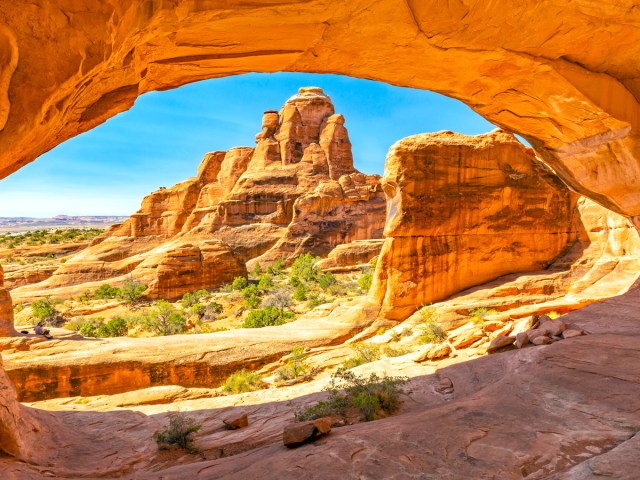
If you’re looking to hit all five of Utah’s national parks, we suggest starting your journey in Moab, which makes a great base for exploring both Arches and Canyonlands national parks. The city offers a variety of lodging and dining options, as well as tour operators who can arrange all manner of outdoor adventures.
Arches is a wonderland of red rocks, with more than 2,000 stone arches soaring up into the skies. Visit Balanced Rock, which towers almost 130 feet tall, via an easy 15- to 30-minute loop trail with minimal elevation change. Delicate Arch is the park’s most iconic landmark, and is accessed via a number of trails of varying difficulty. Several trails are paved and wheelchair-accessible.
Located 26 miles from Arches, Canyonlands is a sprawling landscape of canyons, buttes, and mesas carved out by the Colorado and Green rivers. The park is divided into four districts. Island in the Sky, the most accessible, can easily be admired by car via a drive along White Rim Road. It’s home to Mesa Arch, which, along with Delicate Arch, is one of the most photographed landforms in the world.
You can explore the Rivers district via flatwater or whitewater rafting trips, while visiting the Needles will require more strenuous hiking or a four-wheel-drive vehicle. Lastly, the Maze is remote and rugged, and strictly for well-prepared and experienced outdoor enthusiasts.
Capitol Reef
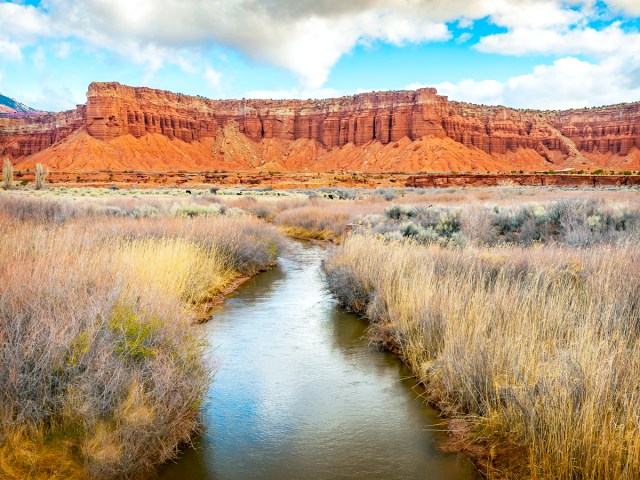
After Moab, continue your journey by driving northeast along Highway 24 to Capitol Reef. The park boasts a unique wrinkle in the Earth known as the Waterpocket Fold (take Scenic Drive for the best vistas), along with white sandstone domes, ancient petroglyphs, and striking rock formations.
Capitol Reef’s off-the-beaten-path location and (relative) lack of in-park amenities gives the park the feel of an undiscovered gem. In the late 1800s, Mormon pioneers established settlements here, and some of their lush orchards remain. When the fruits are in season, park visitors are welcome to pick their own fruit from the peach, apple, and other fruit trees that have been preserved.
Bryce Canyon
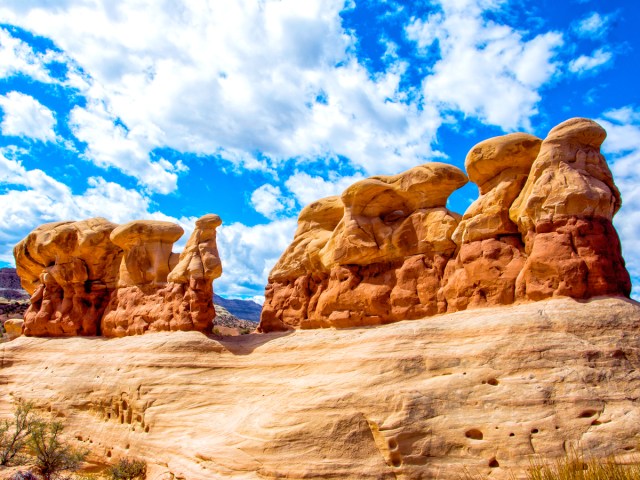
Next, take Scenic Byway 12 from the town of Torrey, near Capitol Reef, for a jaw-dropping journey to Bryce Canyon. You’ll drive through 122 miles of some of the West’s most spectacular scenery, including Grand Staircase-Escalante National Monument, which is well worth a detour.
Bryce has thousands of sandstone towers known as hoodoos; in fact, it boasts the largest concentration of these spires on Earth. Get close-up views on the easy and family-friendly Queen’s Garden Trail, or visit the Rim Trail, which connects many of the scenic overlooks including Fairyland Point. Half a mile of this trail is accessible to wheelchair users.
Zion
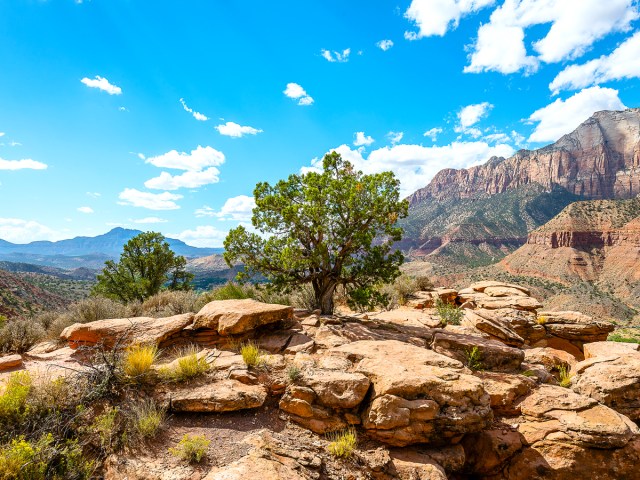
Slot canyons, waterfalls, and majestic mountain scenery make Utah’s oldest national park a must on many outdoor lovers’ bucket lists. Fit and fearless hikers who win the permit lottery can scramble 1,488 feet up to the top of Angels Landing, so named because a minister joked that only an angel could land there.
But there’s plenty to experience in Zion even without wings: Grotto Trail is only 1 mile round-trip and is a great place to view wildlife. Pro tip: Park the car and use the park’s excellent shuttle system; to manage crowding, some areas of the park are closed to cars during the peak summer months.
More from our network
Daily Passport is part of Inbox Studio, which publishes content that uplifts, informs, and inspires.

